Discover 11 hidden attractions, cool sights, and unusual things to do in Oxford (United States). Don't miss out on these must-see attractions: Rowan Oak, Vaught-Hemingway Stadium, and University of Mississippi Museum. Also, be sure to include St. Peter's Episcopal Church in your itinerary.
Below, you can find the list of the most amazing places you should visit in Oxford (Mississippi).
Table of Contents
Rowan Oak

Home in Oxford, Mississippi. Rowan Oak is William Faulkner's former home in Oxford, Mississippi. It is a primitive Greek Revival house built in the 1840s by Colonel Robert Sheegog, an Irish immigrant planter from Tennessee. Faulkner purchased the house when it was in disrepair in 1930, and did many of the renovations himself. Other renovations were done in the 1950s. One of its more famous features is the outline of Faulkner's Pulitzer Prize–winning novel A Fable, penciled in graphite and red on the plaster walls of his office. It is now owned and operated by the University of Mississippi as a museum, and is open to visitors year-round.[1]
Address: 916 Old Taylor Rd, 38655 Oxford
Vaught-Hemingway Stadium
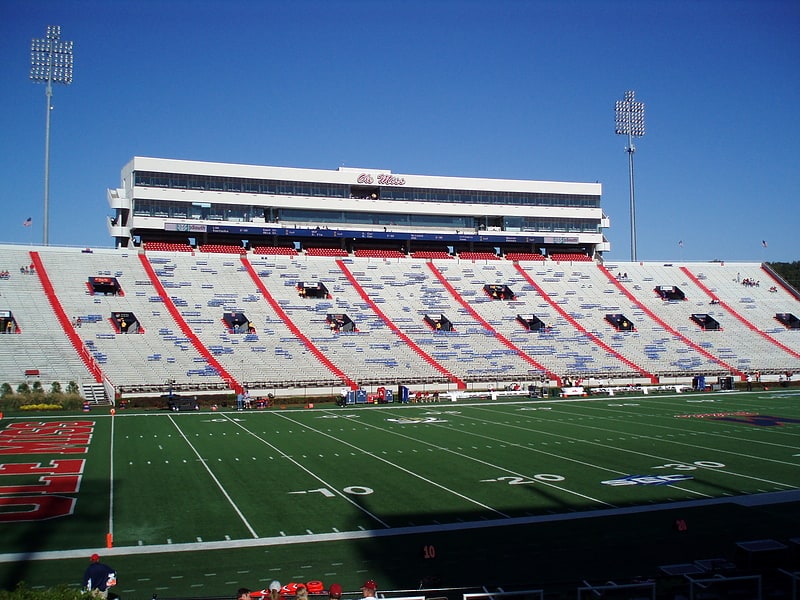
Stadium in the University, Mississippi. Vaught–Hemingway Stadium at Hollingsworth Field is an outdoor athletic stadium located in University, Mississippi, United States. The stadium serves as the home for the University of Mississippi Rebels college football team. The stadium is named after Johnny Vaught and Judge William Hemingway. Since its expansion in 2016, it is the largest stadium in the state of Mississippi with a capacity of 64,038 and also holds the state record for attendance at 66,176.[2]
Address: All-American Dr, 38677 Oxford
University of Mississippi Museum
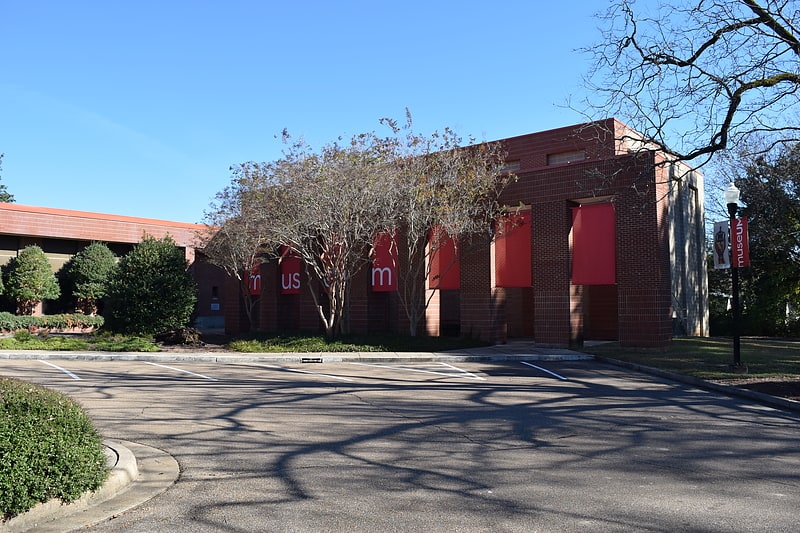
Museum in Oxford, Mississippi. The University of Mississippi Museum and Historic Houses is a museum and two historic houses owned and operated by the University of Mississippi in Oxford, Mississippi. The museum is designed to appeal to both a popular and scholarly audience, with a collection that emphasizes objects of regional interest. In addition to collections of Southern folk art, Greek and Roman antiquities, 19th century scientific instruments, and American fine art. Part of the museum complex is Rowan Oak, a historic literary legacy that was once the home of William Faulkner, Nobel and Pulitzer Prize-winning author. Rowan Oak was renovated and reopened to the public in 2001 and continues to draw international visitors each year. The Museum also owns the Walton-Young Historic House – once home to critic and satirist Stark Young. The Walton-Young House is not currently open to the public.[3]
Address: 5th St. & University, Oxford
St. Peter's Episcopal Church
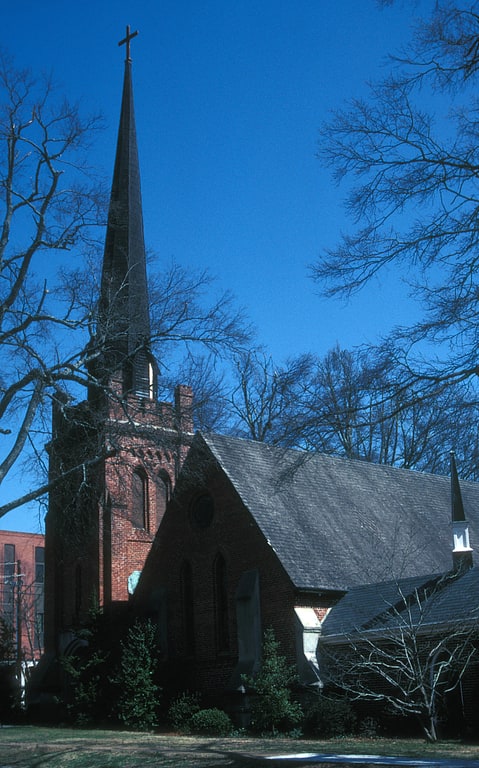
Episcopal church in Oxford, Mississippi. St. Peter's Episcopal Church is a parish of the Episcopal Church in Oxford, Mississippi. It is noted for its historic Gothic Revival church building at 113 S. 9th Street, which once served as the pro-cathedral for what is now the Episcopal Diocese of Mississippi.[4]
Address: 113 S 9th St, 38655-3916 Oxford
Kennon Observatory

Astronomical observatory. Kennon Observatory is an astronomical observatory owned and operated by the University of Mississippi. Built in 1939 and located on the university's campus in Oxford, Mississippi, it was named after Dr. William Lee Kennon, a long-serving chair of the department of Physics and Astronomy.[5]
Lucius Q. C. Lamar House
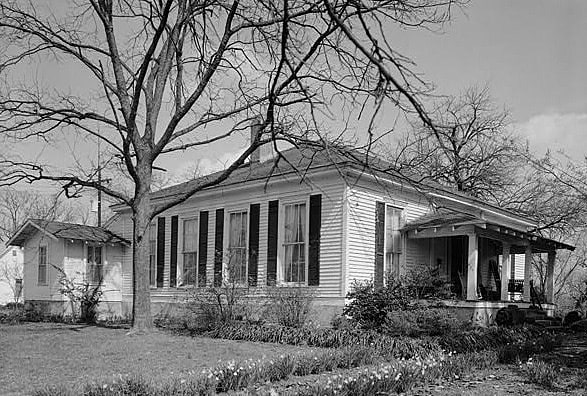
Museum in Oxford, Mississippi. The Lucius Quintus Cincinnatus Lamar House is a historic house museum at 616 North 14th Street in Oxford, Mississippi. Its mission is "to interpret the life and career of the distinguished 19th-century statesman L.Q.C. Lamar within the context of his times and to encourage the ideal of statesmanship in the 21st century". Admission is free and open to the public Fridays, Saturdays, and Sundays from 1-4 pm unless otherwise advertised. The house was designated a National Historic Landmark in 1975.[6]
Southside Gallery
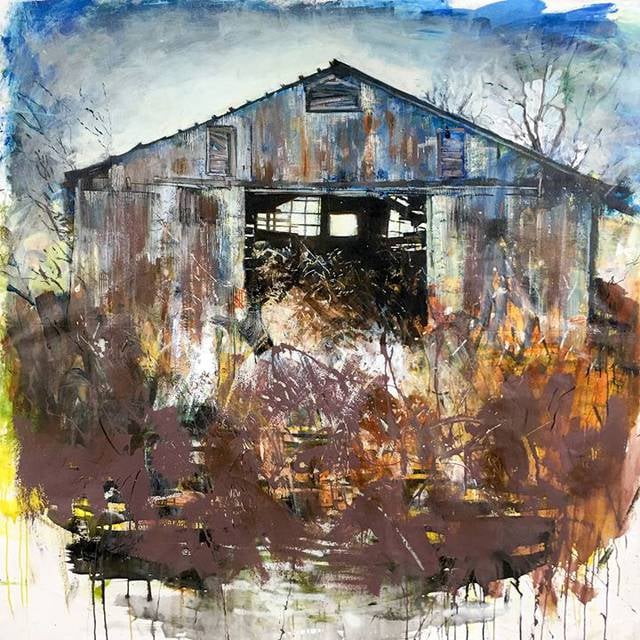
Museum, Art museum
Address: 150 Courthouse Sq, 38655-3914 Oxford
The Lyric Oxford

Theater. The Lyric is a historical theater located in Oxford, Mississippi at 1006 Van Buren Avenue. It is one of North Mississippi's premiere live music venues, hosting a wide variety of acts.[7]
Address: 1006 Van Buren Ave, Oxford
The Lyceum
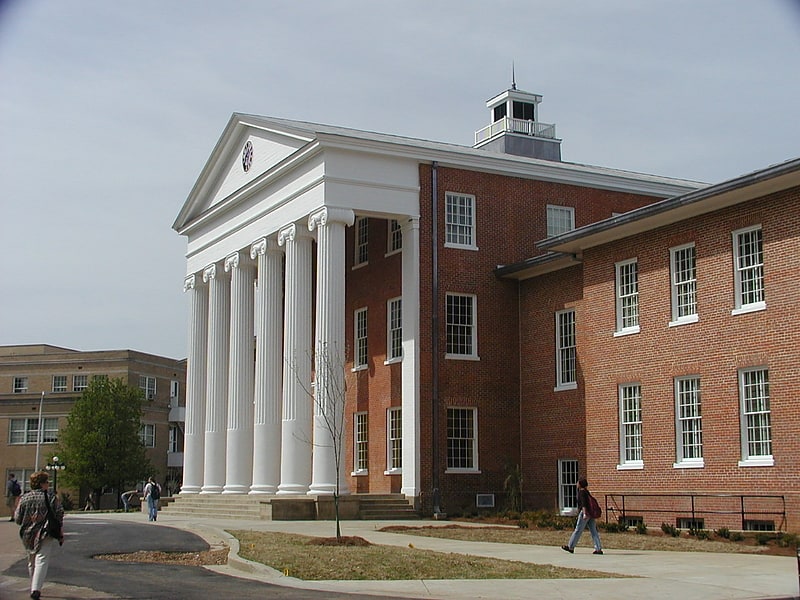
The Lyceum–The Circle Historic District is a historic district within the University of Mississippi campus in Oxford, Mississippi. It includes eight buildings and several monuments lining University Circle, and surrounds "The Circle" on the campus. The university was established as the flagship public institution of the state, and generations of leading families' sons and daughters have studied here.
The district is also significant for its association with the civil rights movement during the Ole Miss riot of 1962 and the increasing role the Federal government took to preserve constitutional rights of minorities. Ole Miss was integrated by the enrollment of James H. Meredith, an African-American military veteran, on October 1, 1962. In Mississippi in the fall of 1962, there was violent resistance to court-ordered desegregation of the university. The violence required intervention by the Federal government to protect the safety of citizens.
Meredith's admission was followed by riots on the campus, by both white students and outside segregationists who gathered there from around the state. The disturbances took place following court decisions for integration of public educational institutions, during the civil rights movement. This historic district was designated as a U.S. National Historic Landmark on October 7, 2008. (This may not have been announced publicly until October 14.)[8]
College Hill Presbyterian Church
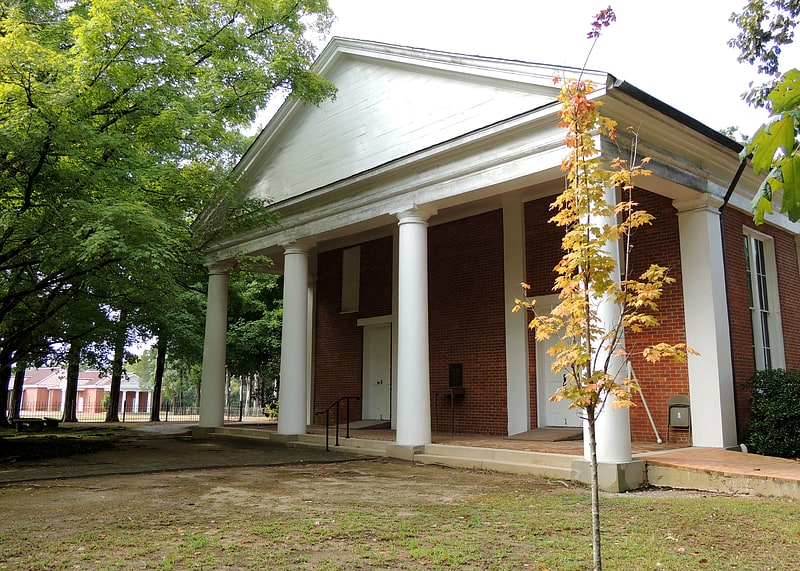
Presbyterian church in Lafayette County, Mississippi. College Hill Presbyterian Church, located just outside Oxford, Mississippi at College Hill, is an historic church and a member of the Presbyterian Church in America. It is listed on the National Register of Historic Places.
It was organized as a local church on January 11, 1835, in the home of Alexander Shaw, one of the early Scot-Irish settlers in North Mississippi. Originally it was named Neriah Church, but shortly thereafter it was redesignated Ebenezer Church.
In 1836 members migrated to this area and on January 11, 1841, the church was renamed College Presbyterian Church in recognition of the founding of the North Mississippi College. In 1842 the congregation paid $400 for 23 acres (93,000 m2) on which to construct a public place of worship. The sanctuary, built in 1844 under the direction of Francis Timmons, is the oldest Presbyterian structure in North Mississippi and the oldest church building of any denomination in the Oxford area. Constructed of bricks fired on the site, the building was completed in 1846 at a total cost of $2,809,75. The pulpit, the pews, and the pew gates are the original furnishings.
Events of interest include the encampment of these grounds by Union troops of General Grant and General Sherman, and the marriage of author William Faulkner. The church is thought to be the model for some settings in Faulkner's novels. The church cemetery contains a number of unmarked Union soldiers' burial sites. The Session's original minutes, dating back to the 1835 organizational meeting, are safeguarded in a local bank.
In more recent times, the ministry of the church began an outreach to the students of the nearby University of Mississippi under pastor Jack C. Oates (1967–72) while he was a graduate student and teaching assistant at the University as well as teaching in the University's Continuing Education program. He also served as part-time pastor at two other churches, Hopewell Presbyterian and Abbeville Presbyterian, comprising a three church field in St. Andrew Presbytery of the former Southern Presbyterian Church (PCUS).
The ministry continued to grow while Tom Tyndall first served as pastor to the three church field and then just to College Hill Church from 1973–78. In the summer of 1977 the PCUS cited the church's outreach to students as one of two outstanding small church ministries in the denomination. Under both Jack Oates and Tom Tyndall, the church held "Christian Life Conferences" that featured well-known Christian scholars speaking both to the church and to various classes held on the campus of Ole Miss.[9]
Address: 339 Co Rd 102, 38655 Oxford
University of Mississippi
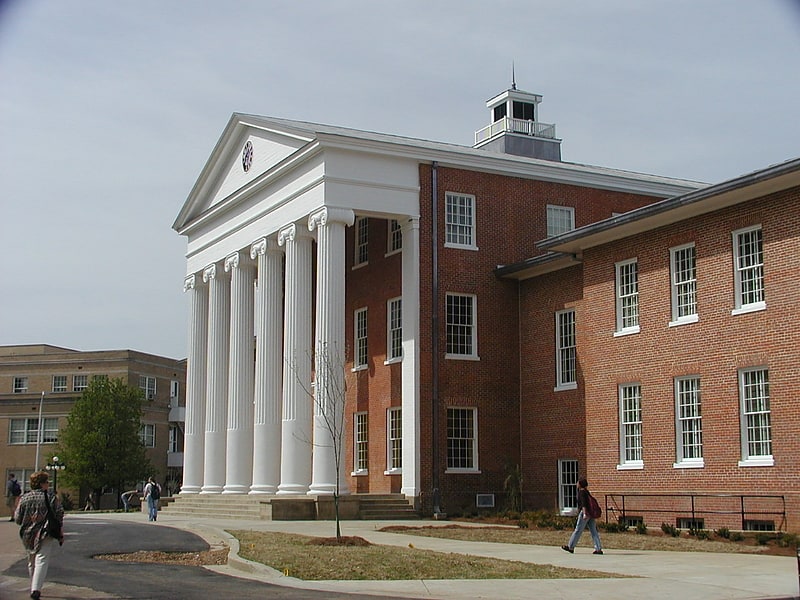
Public university in Oxford, Mississippi. The University of Mississippi, commonly known as Ole Miss, is a public research university adjacent to Oxford, Mississippi with a medical center in Jackson. The University of Mississippi is the state's oldest public university, and is the second largest university by enrollment in Mississippi.
The university was chartered by the Mississippi Legislature on February 24, 1844, and four years later admitted its first enrollment of 80 students. It operated as a Confederate hospital during the Civil War and narrowly avoided destruction by Ulysses S. Grant's forces. A race riot erupted on campus in 1962 during the civil rights movement when segregationists tried to prevent the enrollment of African American James Meredith. The university has since taken measures to improve its image. Ole Miss is closely associated with writer William Faulkner and owns and manages his former home Rowan Oak. In addition to Faulkner's home, two other sites on campus—Barnard Observatory and the Lyceum–The Circle Historic District—are listed on the National Register of Historic Places.
Ole Miss is classified among "R1: Doctoral Universities – Very high research activity". The university is one of 33 colleges and universities participating in the National Sea Grant Program and a participant in the National Space Grant College and Fellowship Program. Its research efforts include the National Center for Physics Acoustics, National Center for Natural Products Research and the Mississippi Center for Supercomputing Research. Its federally contracted marijuana facility serves as the only Food and Drug Administration-approved source for cannabis research. The university also operates interdisciplinary institutes such as the Center for the Study of Southern Culture. Its athletic teams compete as the Ole Miss Rebels in the National Collegiate Athletic Association, Southeastern Conference, Division I.
The university's alumni include 27 Rhodes Scholars, 10 governors, 5 US senators, 1 head of state, and a Nobel Prize Laureate. Other alumni have received honors such as Emmy Awards, Grammy Awards, and Pulitzer Prizes. Its medical center performed the first human lung transplant and animal-to-human heart transplant.[10]